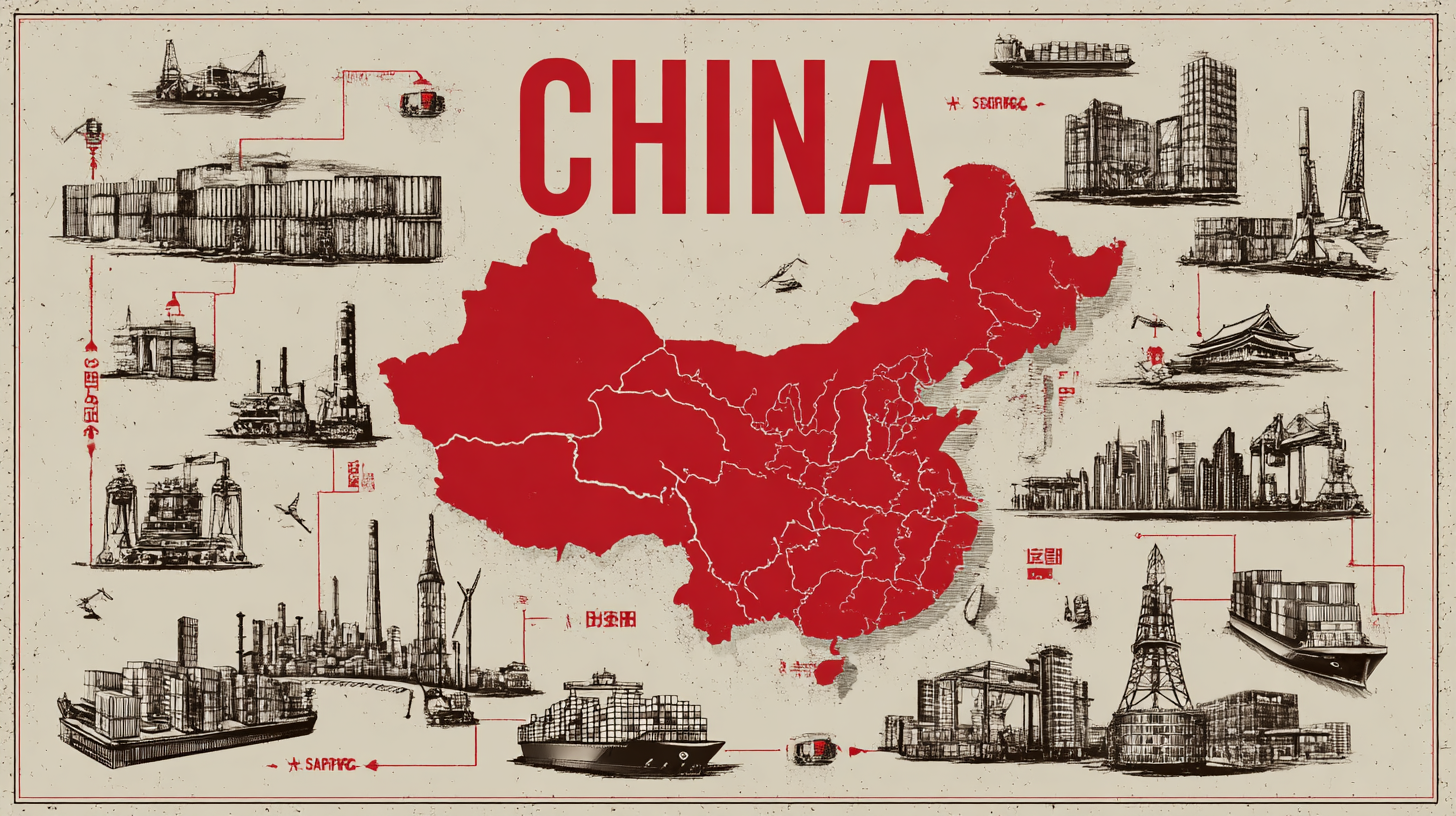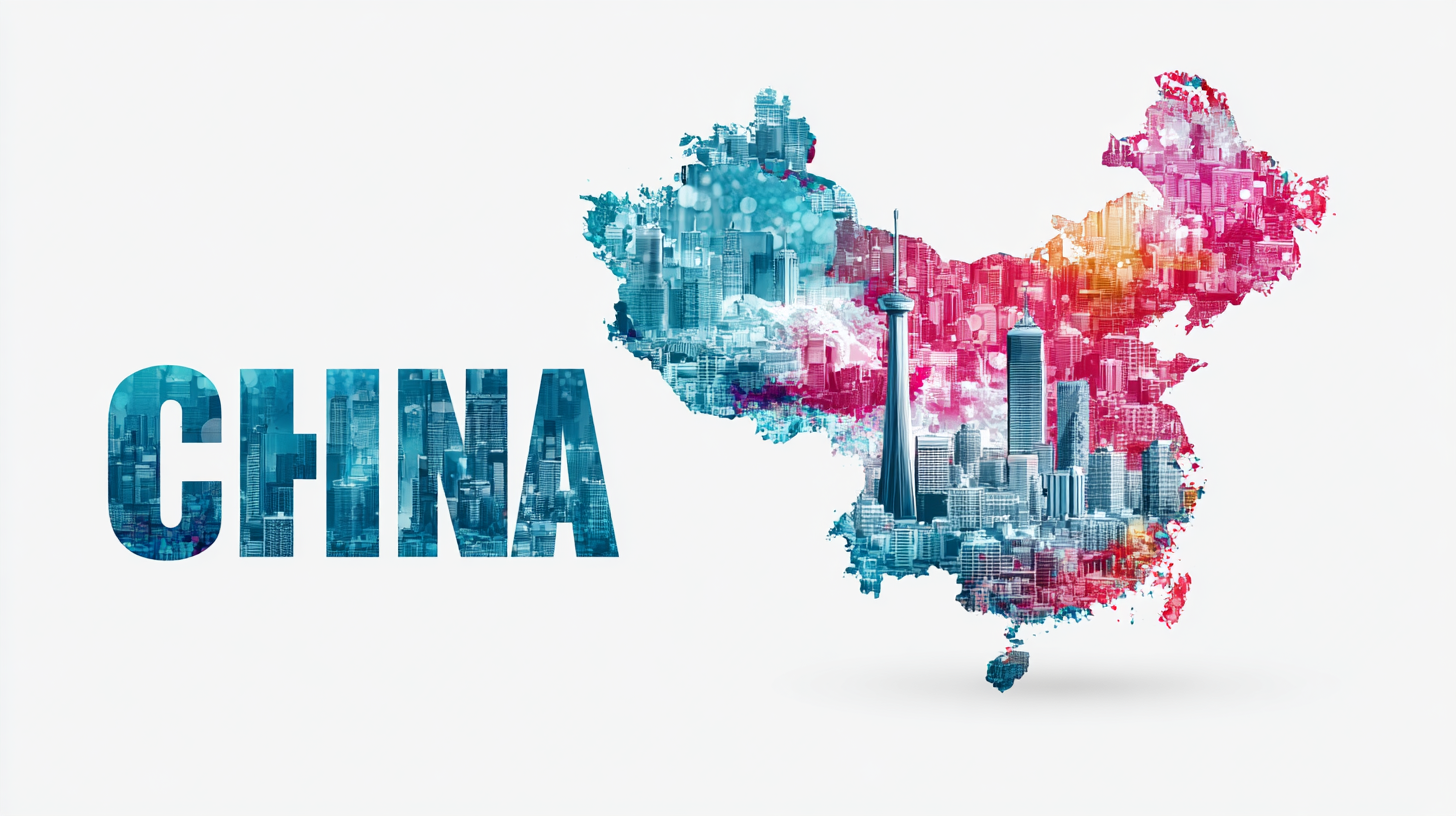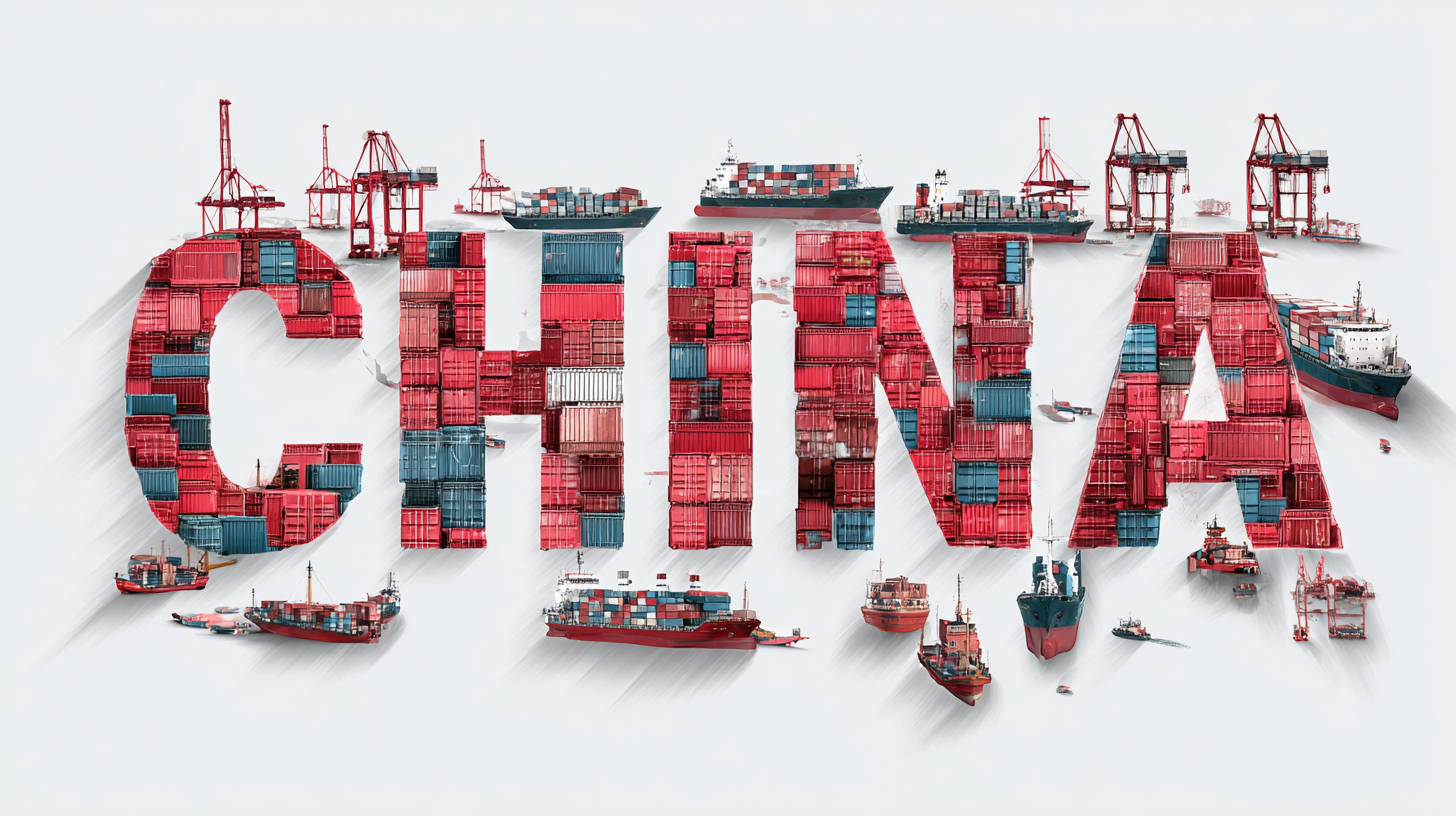
How to Source the Best China Products for Your Global Supply Chain Efficiency
 In the ever-evolving landscape of global supply chains, sourcing high-quality products from China has become a critical strategy for businesses aiming to enhance efficiency and competitiveness. According to a report by Statista, China's manufacturing output reached approximately $4 trillion in 2022, reinforcing its status as the world's largest manufacturing hub. As companies navigate the complexities of sourcing, leveraging China's vast resources, skilled labor, and advanced technologies is essential.
By 2025, it is projected that 75% of global supply chains will incorporate significant elements derived from Chinese suppliers, driven by the need for cost optimization and innovation. This blog aims to provide actionable insights on how to effectively source the best products from China, ensuring your supply chain operates at peak efficiency amidst dynamic industry trends.
In the ever-evolving landscape of global supply chains, sourcing high-quality products from China has become a critical strategy for businesses aiming to enhance efficiency and competitiveness. According to a report by Statista, China's manufacturing output reached approximately $4 trillion in 2022, reinforcing its status as the world's largest manufacturing hub. As companies navigate the complexities of sourcing, leveraging China's vast resources, skilled labor, and advanced technologies is essential.
By 2025, it is projected that 75% of global supply chains will incorporate significant elements derived from Chinese suppliers, driven by the need for cost optimization and innovation. This blog aims to provide actionable insights on how to effectively source the best products from China, ensuring your supply chain operates at peak efficiency amidst dynamic industry trends.
Understanding After-Sales Service Benefits for Sourcing from China
When sourcing products from China, one aspect often overlooked is the importance of after-sales service. After-sales support can significantly impact customer satisfaction and retention, making it a crucial component of the overall sourcing strategy. A well-defined after-sales service can ensure that issues such as product defects, delivery concerns, or warranty claims are addressed promptly, fostering trust and reliability between suppliers and customers.

Moreover, partnering with Chinese manufacturers that prioritize after-sales service can lead to more efficient operations. These manufacturers often provide comprehensive training for their products, detailed manuals, and customer support to troubleshoot issues. This not only helps in reducing downtime for businesses but also enhances the end-user experience. By investing in suppliers who excel in after-sales service, companies can create a robust supply chain that is resilient to common issues, ultimately paving the way for long-term success in the global market. Understanding and leveraging these benefits can transform the way businesses approach sourcing, ensuring that they not only acquire quality products but also build lasting relationships with their suppliers.
Evaluating Repair Costs in Your Global Supply Chain
Evaluating repair costs is a crucial aspect of managing a global supply chain, especially when sourcing products from China. Understanding the potential expenses associated with repairs, including labor, parts, and transportation, can help businesses make informed decisions. Companies must analyze the nature of the products they source and anticipate the frequency of repairs over their lifespan. For instance, electronics may incur higher repair costs due to complex components, while durable goods might require less frequent maintenance.
Additionally, leveraging technology can significantly aid in evaluating these costs. By implementing data analytics tools, businesses can track repair history and identify patterns that may indicate underlying issues with specific products. This proactive approach allows companies to focus on high-quality suppliers who not only provide competitive pricing but also ensure lower repair rates in the long run. Prioritizing sources with reliable warranties and support services will further enhance supply chain efficiency, ultimately leading to cost savings and increased customer satisfaction.
How to Source the Best China Products for Your Global Supply Chain Efficiency - Evaluating Repair Costs in Your Global Supply Chain
| Product Category | Average Cost (USD) | Repair Cost (USD) | Lead Time (Days) | Supplier Rating (1-5) |
|---|---|---|---|---|
| Electronics | 300 | 50 | 30 | 4 |
| Textiles | 150 | 20 | 15 | 5 |
| Automotive Parts | 500 | 75 | 45 | 3 |
| Furniture | 700 | 100 | 60 | 4 |
| Household Appliances | 450 | 60 | 20 | 5 |
Key Factors for Selecting Reliable Chinese Suppliers
 Selecting reliable Chinese suppliers is crucial for enhancing your global supply chain efficiency. Firstly, conducting thorough research is essential. Utilize online platforms like Alibaba, Global Sources, or Made-in-China to identify potential suppliers. Look for suppliers with positive ratings and reviews, as well as a history of reliability. Engaging with industry-specific forums can also provide insights and recommendations from other businesses.
Selecting reliable Chinese suppliers is crucial for enhancing your global supply chain efficiency. Firstly, conducting thorough research is essential. Utilize online platforms like Alibaba, Global Sources, or Made-in-China to identify potential suppliers. Look for suppliers with positive ratings and reviews, as well as a history of reliability. Engaging with industry-specific forums can also provide insights and recommendations from other businesses.
Secondly, communication plays a vital role in building a solid relationship with suppliers. Ensure that you can easily communicate with them regarding product specifications, pricing, and delivery timelines. Language barriers can lead to misunderstandings, so choose suppliers who can communicate effectively in your preferred language or consider hiring an interpreter if necessary.
Moreover, verifying suppliers through factory visits or third-party inspections can significantly reduce risks. Request samples of products to evaluate quality before placing large orders. Assessing the supplier’s adherence to quality standards and business practices will help ensure a reliable partnership. By focusing on these key factors, businesses can streamline their sourcing process and foster successful relationships with Chinese suppliers.
Strategies to Enhance Supply Chain Efficiency with Chinese Products
Enhancing supply chain efficiency is crucial for businesses sourcing products from China. One key strategy is to establish solid relationships with reliable suppliers. When you engage with suppliers, ensure they understand your quality standards and delivery timelines. A strong partnership can lead to better communication and quicker resolution of issues, which ultimately enhances your supply chain efficiency.
Tip: Visit suppliers in China if possible. Personal meetings can help build trust and provide deeper insights into their production capabilities and quality control measures.
Another effective strategy is to leverage technology. Utilizing supply chain management software can streamline operations, allowing for real-time tracking of inventory and shipments. This ensures that you maintain optimal stock levels and reduce delays. Moreover, analyzing data can help you predict demand more accurately, enabling your business to respond quickly to market needs.
Tip: Invest in technology that integrates with your existing systems to enhance visibility across your supply chain, enabling proactive decision-making.
Maximizing Quality Control for Imported Goods from China
When sourcing products from China, maintaining stringent
quality control is paramount to ensure that imported goods not only meet market demands
but also adhere to safety standards.
According to a report by Statista, approximately
70% of companies consider quality assurance as
one of the most critical factors in their supply chain management. This emphasizes the necessity of
implementing robust quality control measures throughout the procurement process.
To maximize quality control, businesses should adopt a multi-faceted approach that includes
pre-production inspections, in-process checks, and final shipment audits. A study from the
Quality Assurance Institute highlights that firms employing
these measures can reduce defect rates by up to 40%.
Furthermore, leveraging technology such as data analytics and real-time monitoring can facilitate the
identification of quality issues before they escalate, fostering greater reliability in product delivery.
By prioritizing quality across the supply chain, companies can not only enhance product satisfaction
but also establish long-term relationships with suppliers that prioritize compliance and performance.
